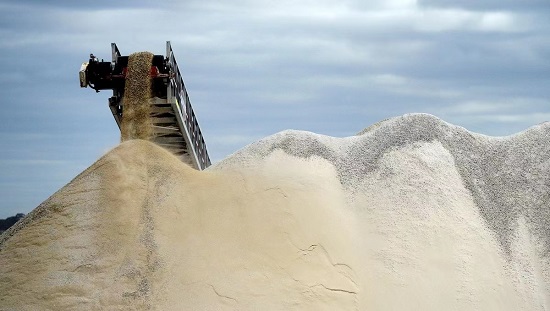As demand for lithium metal raw materials booms with lithium battery manufacturing, recently, the Argentine Federal Tax Service announced that in order to prevent the export quotation from being too low and improve transparency, the Argentine Customs has set a reference price of US$53/kg or US$53,000/ton for lithium carbonate exports.
What is the impact ?
What is the impact of Argentina’s setting a reference price for battery lithium carbonate exports?
Argentina is one of the major producers of lithium carbonate in the world, and the export volume of lithium carbonate material in 2021 will exceed 27,000 tons. The export price of lithium carbonate material is 53,000 US dollars / ton.

Lithium carbonate for lithium batteries
In response to Argentina’s establishment of a lithium carbonate export reference price, industry analysts believe that, on the one hand, like the more than 20 agricultural export reference prices set up by Argentina since 2020, this lithium carbonate export reference price only affects customs taxation, not an official sales guide price.
But from another perspective, due to the relatively high price of lithium salts in China, overseas companies are more inclined to the guide price of the Chinese market in their quotations, which may play a certain role in the “bottom” of lithium salt prices this year.
At the same time, the relatively high price setting also shows the Argentine government’s expectation and confidence in the long-term sustainability of high lithium prices.
The gradual popularization of electric vehicles and the growth of power storage projects have begun to surge in demand for power lithium batteries and energy storage lithium batteries.
Price skyrocketed
Looking back on 2021, the price of domestic battery-grade lithium carbonate in China has skyrocketed by more than 4 times.
Since the beginning of 2022, the imbalance between supply and demand of lithium resources has intensified. In addition, some companies have stockpiled goods in short supply, and domestic lithium salt prices have continued to rise, which has skyrocketed by more than 8 times compared to the beginning of last year. Although there was a correction in April, it still remained at a historically high range.
From the perspective of the situation, the price of lithium carbonate for lithium batteries showed a steady trend in late May, superimposed that the second half of the year is the peak season for new energy vehicle sales, and the sales of electric vehicles are expected to accelerate in the third quarter.
As the sales of new energy vehicles in the fourth quarter reached an annual peak, the contradiction between the supply and demand of lithium salts may be further tense, and the high price of lithium salts will continue.
“Battle for lithium”
It is worth noting that, with the rising price of lithium carbonate, the middle and lower reaches of the battery industry chain such as materials, batteries, and car companies have joined the “Battle for Lithium”, which shows the popularity of lithium resources in the short term.
According to incomplete statistics, in 2021, there will be 17 projects involving mergers, acquisitions and development of domestic and foreign lithium mines.
At the same time, in order to cope with the effective and stable supply of upstream lithium resources, domestic power battery companies have entered the market one after another, and intensified efforts to develop domestic lithium resources.
At present, many lithium battery manufacturers, including CATL, have been involved in the development of domestic lithium resources through investment, acquisition, technical cooperation, etc., to help accelerate the industrialization of domestic lithium resources.
It is foreseeable that the involvement of first-tier battery companies in domestic lithium mining will help reduce the import dependence on overseas lithium resources in the future, build diversified raw material supply channels, ease the tension of domestic lithium salt supply, and hedge against rising prices.





